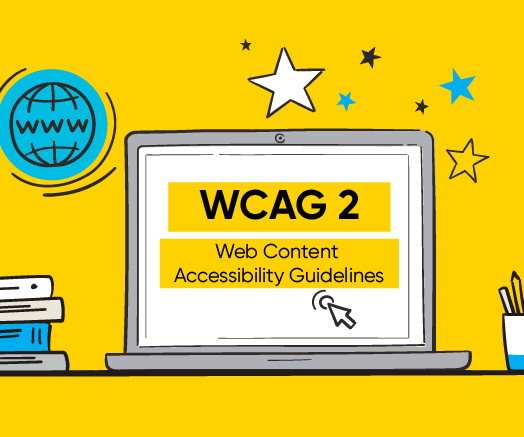Make your training website more accessible: 10 essential tips
Arlo Training & Events Software
APRIL 23, 2024
Web accessibility is important because it ensures that all individuals, regardless of their physical or cognitive abilities, have equal access to information and functionalities on a website. currently under development. Why is web accessibility important? For example, instead of using “image1.jpg”



































Let's personalize your content